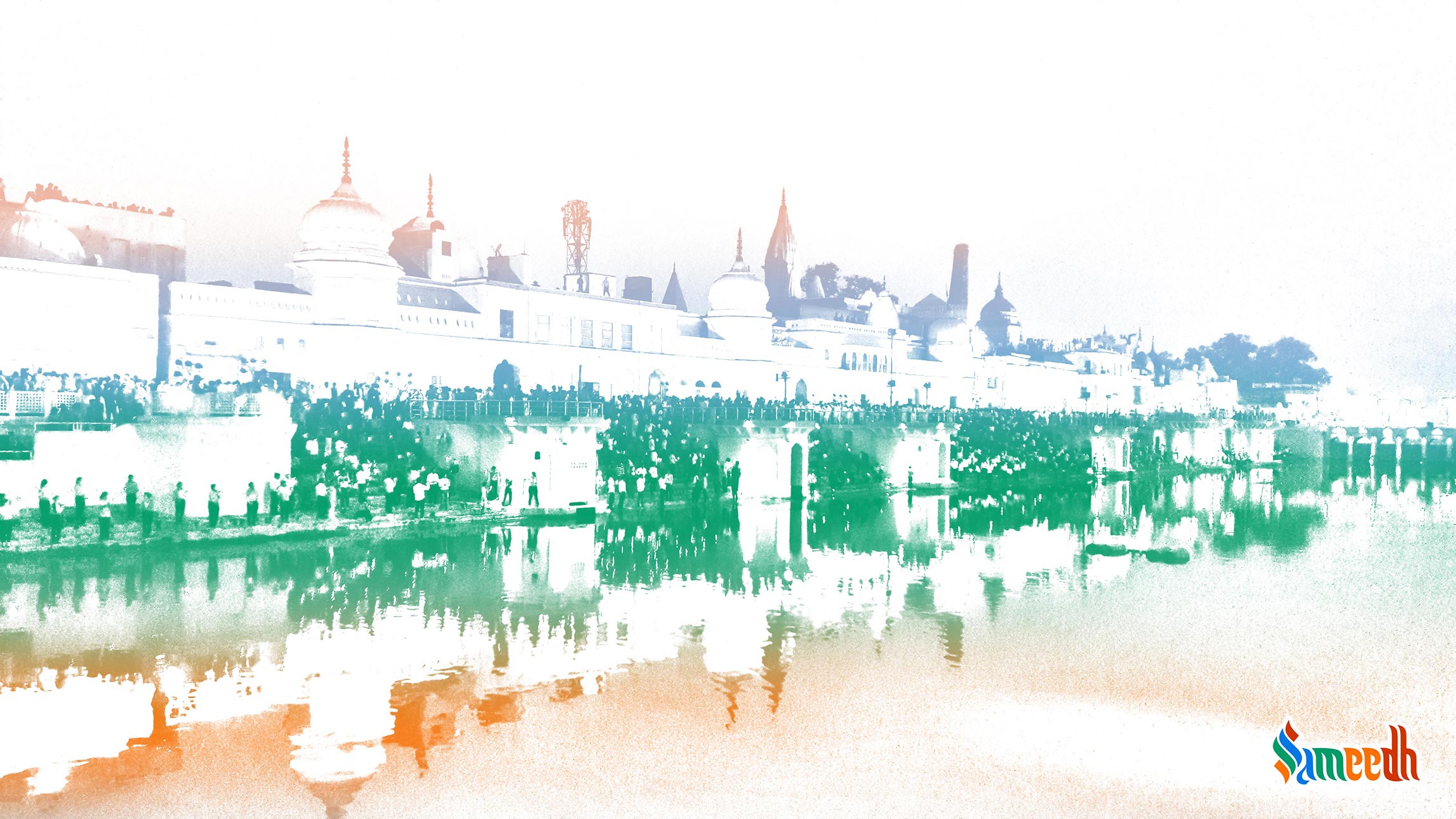Ayodhya is a city holy to Hindus and Jains, nestled on the banks of the Ghaghra River, Uttar Pradesh.

Image Source: Ruhi
LOCATION
Located on the banks of the holy river Ghaghra, in the north Indian state of Uttar Pradesh, Ayodhya is the headquarters of Faizabad district, Uttar Pradesh. It is also known as Saket and is the birthplace of Lord Ram.
MYTHOLOGY
Ayodhya was the capital city of the legendary Ikshvaku Empire. It finds mentions in both, the Ramayan and the Mahabharat. It was the capital of Koshala. King Dashrath was the ruler of Ayodhya when Lord Ram was exiled for fourteen years. It was where Ram returned home a hero, and it is the place where the holiest Hindu festival of Diwali originated.
Ayodhya also holds great importance in Jain mythology because five of their 24 tirthankars were born in Ayodhya – Rishabhnath, Ajitnath, Abhinandannath, Sumatinath, and Anantnath.
SIGNIFICANCE
Ayodhya is of great importance to Hindus, because it is the birthplace of Ram. Over the years it has been visited and inhabited by Buddha and Mahavir, which has led to a rise in Buddhism and Jainism there as well. It is one of the five main pilgrimage sites for Hinduism in India. Ayutthaya in Thailand and Yogyakarta in Indonesia are named after Ayodhya.
ARCHITECTURE
The most beautiful architecture of Ayodhya is the Ghats along the river. These ghats are built to prevent flooding, but they are majestic, always flocked by pilgrims. At night they are lit up with colourful lights which is a sight not to miss. The Hanuman Garhi is a shrine located centrally in the city. It is a four-sided fort dedicated to Lord Hanuman.
DURING DIFFERENT TIME PERIODS
The Gupta Empire, during the 4th century CE, brought back Brahmin culture to Ayodhya. During the Dehli Sultanate rule, Ayodhya became the capital of the district of Awadh. It remained the capital when the Mughals took over. This was the period when the Babri Mosque was built.
In 1856, Ayodhya was captured under the British Raj. During this time it was called Oudh in English. This was around the same time when a group of Hindus attacked the Babri mosque, which led to the temple complex area being divided between an area for the temple and an area for the mosque. In the 1980s a staunch Hindu movement was launched to demolish the Babri mosque. This struggle went on for a long time.
ARCHAEOLOGY
A lot of excavations in Ayodhya have borne fruit. Terracota figures of Jain ascetics, a copper coin of Chandragupta, a brick shrine, and many pillars have been found. A lot of terracotta statues from the Ashokan and the Shunga period have been found.
DEMOGRAPHY
The population of Ayodhya is 55,890 according to the population census of 2011. The average literacy rate is 78.1% and the sex ratio is 912 females for every 1000 males.
To read about more such interesting places as well as other topics related to our vibrant and culturally rich country, log onto Sameedh and read more blogposts.
